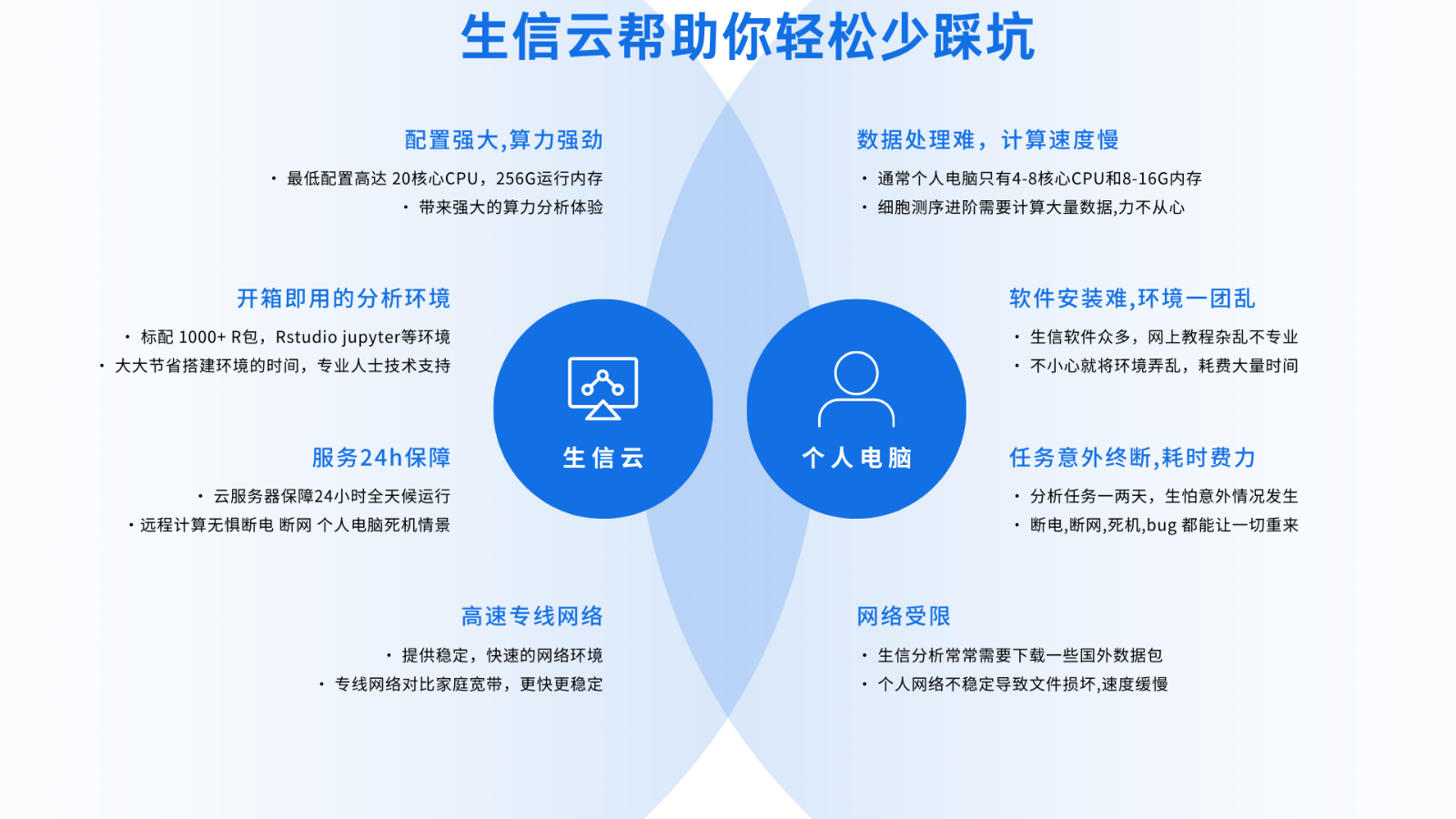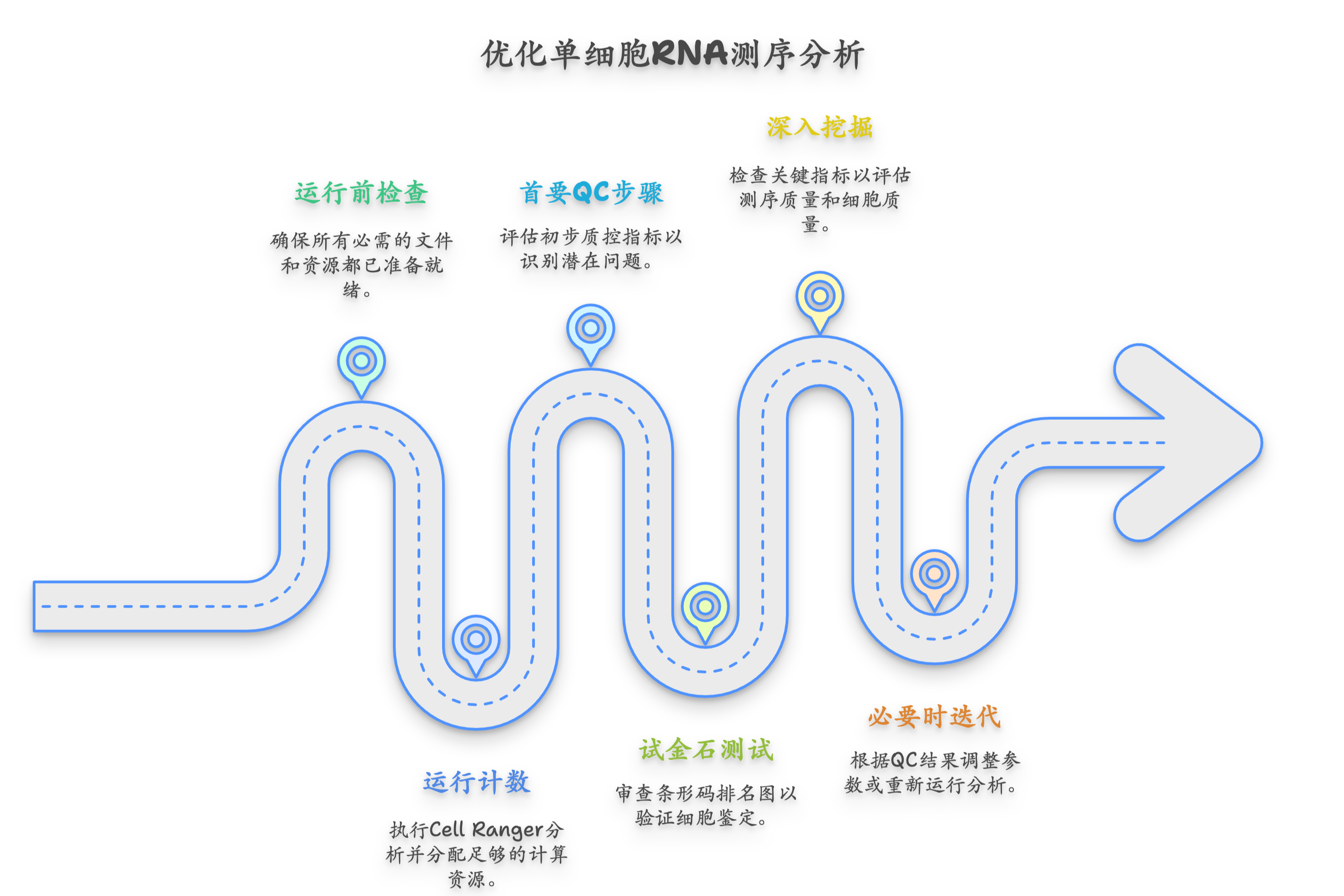
biological data processing platform facilitates translational research that supports individualized care. The solutions are configured to manage big biological data and surface diagnostic signals. Employing AI-enhanced analysis and robust pipelines, they drive breakthroughs in drug discovery and diagnostics.
Elastic Bioinformatics Computing for High-Volume Analysis
Bioinformatics today produces vast quantities of sequence and multi-omics data that challenge compute resources. Highly scalable servers provide the processing power needed for genome-scale analyses.
- Elastic provisioning allows infrastructures to absorb spikes in processing demand.
- Furthermore, these servers often employ parallel and distributed processing architectures to accelerate analyses.
- Such systems enable end-to-end workflows: sequencing QC, alignment, variant calling, and interpretation.
Simultaneously, cloud platforms have democratized access to powerful bioinformatics compute and storage.
Specialized Cloud Environments for Genomic Computation
Growth in sequencing throughput has accelerated the need for elastic, tool-rich bioinformatics clouds. Cloud-based infrastructures offer flexible compute pools, optimized pipelines, and integrated data management.

Thorough Genomic Analyses with Scalable Distributed Compute
Bioinformatics increasingly demands extensive computational resources to analyze complex biological datasets. Traditionally, many analyses relied on local infrastructure which can be costly and limited in capacity.
With on-demand cloud resources, researchers can perform large-scale variant discovery and population analyses.
On-demand scaling helps align costs with research needs and facilitates multi-institutional collaborations.
Specialized Cloud Architectures Shaping Bioinformatics' Future
Bioinformatics growth is paired with the rise of tailored cloud services that address specialized analytic needs. These solutions provide reproducible pipelines, compliant data handling, and compute elasticity for biomedical research.
Additionally, the cloud's adaptability democratizes computational resources so more researchers can contribute to breakthroughs.

On-Demand Servers Streamline Bioinformatics Workflows
Dynamic servers let teams spin up tailored compute environments for peak workload windows. Temporarily scaled servers remove resource bottlenecks and accelerate completion of complex workflows.
Ready images with pre-installed bioinformatics tools accelerate onboarding and analysis start times. Researchers can concentrate on data interpretation, hypothesis testing, and result curation.
Bioinformatics as a Service: Democratizing High-Performance Analysis
These service models provide turnkey access to analytical power, specialized databases, and collaborative tools. By enabling fast analysis of genomic, proteomic, and metabolomic data, these platforms accelerate discovery in drug development, personalized medicine, and evolutionary biology.

- Cloud bioinformatics provides scalable infrastructures that adapt to dataset growth and analytic demand.
- Cloud services support collaborative projects with centralized data access and workflow sharing.
- Cutting-edge analytics accelerate the translation from sequence data to actionable knowledge.
Clinical-Grade Bioinformatics Servers for Personalized Care
Growing multi-omics and clinical datasets create opportunities to tailor therapies to patient-specific profiles. With robust algorithms, analysis servers enable personalized regimen design, biomarker-driven treatment selection, and outcome tracking. Near-real-time analysis empowers clinical teams to respond to patient-specific molecular signals effectively.
High-Performance Bioinformatics for Deep Biological Insight
Computational pipelines integrate multi-omics signals to reveal system-level biological insights. At-scale analysis exposes variant effects, interaction networks, and evolutionary trends otherwise missed.

Powerful bioinformatics frameworks transform raw data into mechanistic hypotheses and experimental leads.
Dedicated Scalable Infrastructure for Future Bioinformatics
As data volumes surge, research requires next-generation infrastructure tailored for bioinformatics workloads. Leveraging distributed compute and cloud-native patterns, they enable rapid iteration of complex bioinformatics tasks.
- Cloud platforms provide elastic compute, pay-as-you-go storage, and flexible provisioning for variable workloads.
- Tools focused on variant interpretation, assembly, and pathway analysis are under active development.
Such infrastructure supports multi-institutional projects and speeds translational and applied research outcomes.
An Advanced Bioinformatics Platform for Analysis and Discovery
Comprehensive platforms provide the instruments researchers need to convert data into biological knowledge. The toolset integrates aligners, gene finders, phylogeny builders, and modeling suites backed by current databases. An easy-to-use interface and integrated resources let biologists and bioinformaticians explore data without heavy admin overhead.
